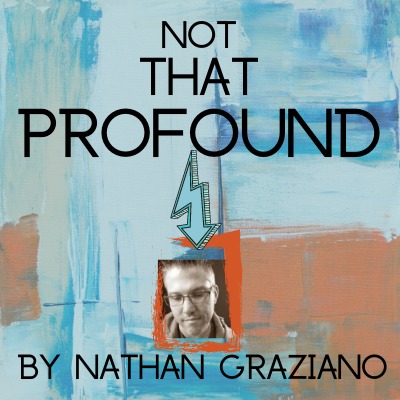O P I N I O N

 My family and I were glued to the television on Tuesday afternoon, waiting for Gov. Chris Sununu to offer us a glimpse into our futures next fall.
My family and I were glued to the television on Tuesday afternoon, waiting for Gov. Chris Sununu to offer us a glimpse into our futures next fall.
My wife and I are both educators — I am a high school English teacher, and she is a special education coordinator — and our two adolescent children attend Manchester Memorial High School, so my family had a vested interest in what the School Transition and Redesign Taskforce (START) was recommending for New Hampshire schools to reopen.
When the governor finished presenting pie charts and bar graphs and PowerPoint slides, my wife and I looked at each other quizzically.
“So he’s basically saying that the individual school districts will decide everything,” my wife said. With the four of us in three different SAU’s, this offered little solace. “Why wouldn’t they at least require masks?” she asked.
“‘Live Free or Die’, baby,” I said.
Like most students, parents and educators, we were hoping for a little more guidance on how we will navigate what seems to be an imminent train wreck. Like most students, parents and educators, we found that remote learning — what’s the euphemism I’m looking for? — sucked our will to live.
However, the more I pondered the three options for beginning the 2020-21 school year — return to school, a continuance of remote learning, or a hybrid model — I became eerily optimistic, which is strange seeing I’m typically the human incarnation of the glass half-empty.
Let’s start by acknowledging that all of the stakeholders in this quagmire have grave and legitimate concerns for the health and safety of students and staff, and this situation is tethered to a list of “if’s.”
In other words, if there’s a spike in Covid-19 cases in New Hampshire, it’s a no-brainer: We return to remote learning and protect the public from a deadly pandemic.
And schools will only be successful if all possible preventative precautions are taken and PPE is readily available to make all students and staff members feel safe and comfortable in their respective learning environments — which will, indeed, require mask mandates.
Yet if districts can figure out a way to make it work, it could be an opportunity to rethink school schedules and the way we deliver public education K-12 not only in New Hampshire, but nationwide.
Let me begin by addressing the giant elephant in the pink tutu performing ballet in the center of the room. The current pre-Covid school schedule does not work for many of our students, particularly in our secondary schools. Seeing I’ve spent my entire career working in high schools, it’s the only experience I can speak to.
First, there’s the pesky business of science. Without rehashing every persuasive essay I’ve received from hundreds of students on the topic of starting school later, we know that Circadian rhythms change in adolescence, and teenagers are hard-wired to stay up and sleep later.
The fact is that the vast majority of our high school students are sleep-deprived, and the data shows that students perform better, retain more information, and are healthier when they’re getting enough sleep.
Additionally, there some teachers — you can’t see this, but I’m raising my hand — who also aren’t exactly morning birds. A model with a little more creativity and “flexibility” can offer classes throughout the day, similar to a college-schedule. If the purpose of education is to prepare students for the adult world, it only makes sense. The days of the rigid 9 a.m. to 5 p.m. work schedules are largely antiquated, and the vast majority of adults work from a combination of the office and their home.
The Covid-19 pandemic is also an opportunity for us to reflect on our educational missions. In New Hampshire, most school districts have adopted a competency-based system of assessment; therefore, the emphasis is being placed on skill sets and the demonstration of knowledge and learning.
While this paradigm shift can be difficult for traditionalists to wrap their heads around, competencies, reciprocally, de-emphasize components like attendance and effort. If a student demonstrates that they can perform a specific skill — such as critical thinking or problem-solving — it shouldn’t matter where they do it, as long as it’s relevant to the course’s curriculum.
Education is far from “one-size-fits-all.” A hybrid model of remote and traditional learning could also allow for more extended learning opportunities where students demonstrate competencies through work done outside of prescribed curriculums.
While, for most of us, remote learning from mid-March to June was about as enjoyable as an enema, it seems hasty and impetuous to throw the baby out with the bathwater.
Why not incorporate the things we learned from remote learning to tweak the traditional model — which, quite frankly, was archaic — and move forward into a post-Covid world that, in many ways, will already be unrecognizable from the world we knew before the pandemic?
The clock is rapidly ticking for school districts in New Hampshire to figure out a practical and tenable solution for the fall but, to me, it seems fool-hearted not to use the struggles of learning during a pandemic as a “teachable” moment for all of us.







